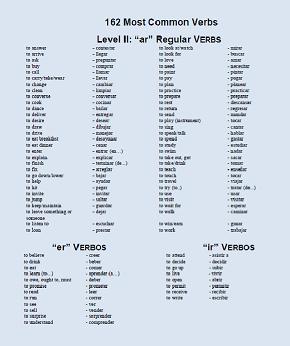Winter Clothes in Spanish
It is getting closer and closer to winter for many of you out there. If you are in need of buying new winter clothes, then I suggest you start shopping now. Save some money on winter clothes before winter. For those of you out there learning Spanish (and I imagine that you visit this blog because you are learning), you need to take advantage of any opportunity you can to practice. Try going shopping and practicing your Spanish whenever and wherever possible. Here is a small vocabulary list of winter clothes in Spanish:
gloves | guantes
parka | abrigo de invierno
earmuffs | orejeras
ski cap | gorro de esquiar
jacket | chaqueta
scarf | bufanda
overcoat | sobreabrigo
boots | botas
sweater | suéter
coat | abrigo
windbreaker | rompeviento
rain boots | botas de lluvia
winter | invierno
snow | nieve
Challenge: Go shopping for winter clothes and practice this vocabulary. Please tell me about it afterward.









